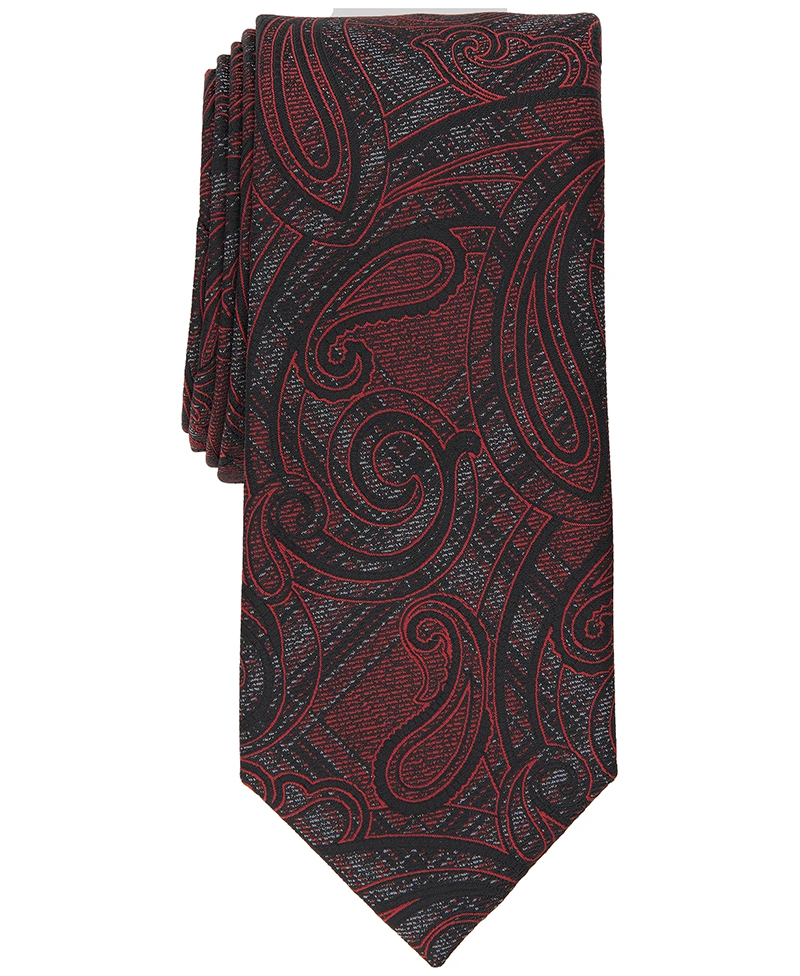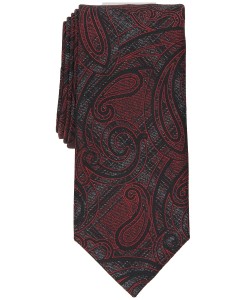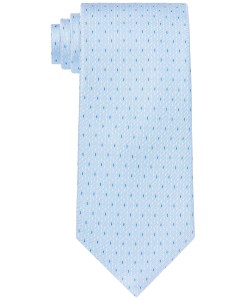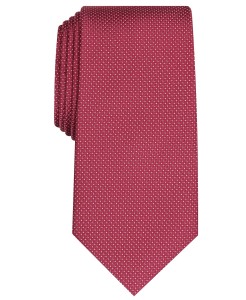Supply OEM/ODM China 100% Polyster Colourful Fashion Neck Tie
When wearing a formal suit, wear a beautiful tie, which is not only beautiful, but also gives people a sense of elegance and solemnity. However, the tie, which symbolizes civilization, has evolved from uncivilization.
The earliest neckties can be traced back to the ancient Roman Empire. At that time, the soldiers wore scarves on their chests, which were used to wipe the swords. During the battle, drag the swords to the scarves to wipe off the blood on them. therefore,The tie has experienced a long and interesting development process in the UK. The UK turned out to be a long-term backward country. In the Middle Ages, the British ate pigs, cattle and mutton as staple foods, and they did not use knives, forks or chopsticks when eating, but grabbed them with their hands. Pick up a large piece and gnaw it in your mouth. Since there were no tools for shaving at that time, adult men all had unkempt beards, and when eating, they wiped their beards with their sleeves. Women often have to wash such greasy clothes for men. After taking the trouble, they came up with a countermeasure. Hang a piece of cloth under the man's collar, which can be used to wipe his mouth at any time. At the same time, they nailed a few small stones on the cuff. When you wipe your mouth, you will be scratched by stones. Over time, British men have changed their uncivilized behavior in the past, and the cloth hanging under the collar and the small stones on the cuffs have naturally become the traditional appendages of British men's shirts.Later, it evolved into a popular ornament - a tie around the neck and buttons on the cuffs, and gradually became a popular style in the world. When did humans start wearing ties, why did they wear ties, and what were the earliest ties? This is a difficult question to verify. Because there are few historical materials about neckties, there are few direct evidences for investigating neckties, and there are many legends about the origin of neckties, and everyone has different opinions. To sum up, there are the following statements. The theory of tie protection believes that the tie originated in the Germans. The Germans lived in the deep mountains and old forests. They drank blood on the hair and wore animal skins to keep warm and cold. In order to prevent the skins from falling, they tied straw ropes around their necks and tied the skins. In this way, the wind can't blow in from the neck, which not only keeps warm and protects from the wind, but the straw rope around their necks was discovered by Westerners and gradually perfected into a tie. Others believe that the tie originated from the fishermen at the seaside. The fishermen went to the sea to fish. Because the sea was windy and cold, the fishermen tied a belt around their necks to prevent the wind and keep warm, and gradually the belt became a decoration. Protecting the human body to adapt to the geographical environment and climatic conditions at that time is an objective factor in the production of ties. This kind of straw rope and belt is the most primitive tie.The tie function theory believes that the origin of the territorial integrity belt is because of the needs of people's life and has a certain purpose. There are two legends here. It is believed that the tie originated from the cloth under the collar of British men for men to wipe their mouths. Before the Industrial Revolution, Britain was also a backward country. When eating meat, you grabbed it with your hands, and then held it to your mouth in large chunks to gnaw. Adult men became popular with beards, and gnawing on large pieces of meat made their beards greasy. Just wipe it with your sleeves. In order to deal with the unclean behavior of men, women hang a cloth under the collar of men for them to wipe their mouths. Over time, the cloth under the collar has become an appendage of the British men's shirt tradition. After the Industrial Revolution, Britain developed into a developed capitalist country. People were very particular about food, clothing, housing, and transportation, and the cloth hanging under their collars turned into ties.Another legend holds that the tie was used by the army for practical purposes such as protection from cold and dust during the Roman Empire. When the army went to the front line to fight, wives hung scarves similar to silk scarves around their necks for their husbands and friends, and used them to bandage and stop bleeding during the war. Later, in order to distinguish soldiers and companies, different colors of scarves were used, and then evolved to become a necessity of professional clothing.The tie decoration theory believes that the origin of the tie is the expression of the emotion of human beauty. In the mid-17th century, a Croatian cavalry in the French army returned to Paris in triumph. They were dressed in mighty uniforms, with a scarf tied around their necks. They were of various colors and looked very good. They looked very energetic and majestic when they rode on horses. Some Parisian playboys who love to keep up with fashion saw it and were so interested that they followed suit and tied a scarf around their collars. The next day, a minister went to court, tied a white scarf around his neck, and tied a beautiful bow tie on the front. King Louis XIV greatly appreciated it when he saw it, and announced in public that the bow tie was a sign of nobility, and Order the upper class to dress like this.To sum up, there are many theories about the origin of the tie, each of which has a certain truth from its own point of view, and it is difficult to convince each other; but one thing is obvious that the tie originated in Europe. The tie is a product of the material and cultural development of human society to a certain extent, a (opportunity) product whose development is influenced by the wearer and the observer. Marx said: "The progress of society is the pursuit of beauty by human beings." In real life, in order to beautify themselves and make themselves more attractive, human beings have the desire to decorate themselves with objects provided by nature or man-made. The origin speaks volumes,In 1668, King Louis XIV of France inspected the Croatian mercenaries in Paris. The cloth tie on the collar of the mercenary officers and soldiers was the earliest tie recorded in historical records. [2] The history of the tie began; since then, a long-lasting and dazzling flower has bloomed in the history of clothing culture.During the reign of Louis XIV of France, due to the influence of Roman military uniforms, the royal Croat coalition gradually became popular with lace piping and decorated with simple knots at the neckline. This is the French Cravate, which is derived from the word Croat. Gradually, the original bow tie was replaced by a smaller turtleneck with ruffles. It was fashionable at the time to tie a long black ribbon at the bottom of the collar. Later, the tie began to widen, and this style was popular for nearly a century. In 1930, the form of the tie gradually took on the appearance it is today. In 1949, according to the regulations at the time, gentlemen without a tie could not enter formal occasions, and gradually the tie became a special symbol of social status, and thus became popular.
"We keep moving forward, opening new doors, and doing new things, because we're curious and curiosity keeps leading us down new paths."
Walt Disney









